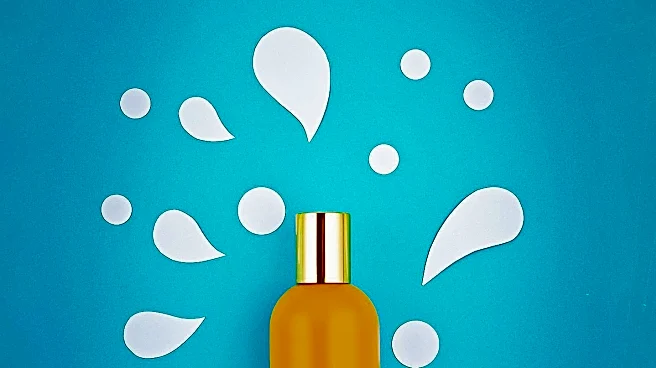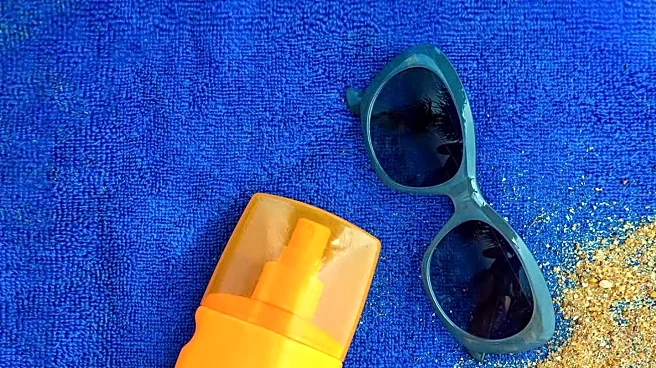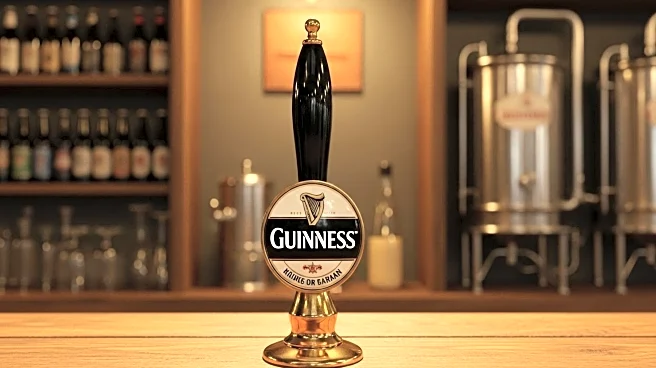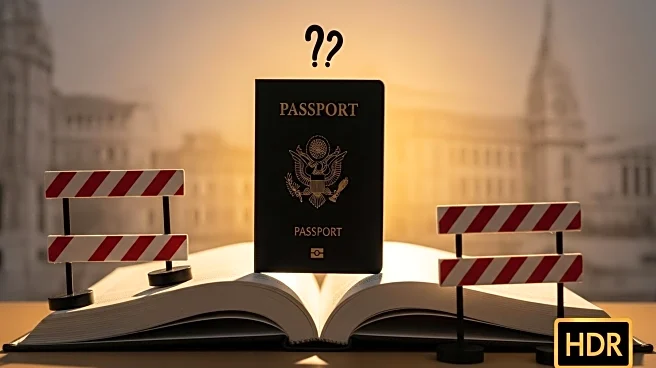What's Happening?
The Therapeutic Goods Administration (TGA) has identified a base formulation used in 21 sunscreens that may not meet their claimed sun protection factor (SPF) ratings. The investigation revealed that some products might have SPF ratings as low as 4, far below the advertised SPF 50+. The TGA's findings follow a consumer advocacy group's testing, which showed several sunscreens did not provide the protection claimed. As a result, eight sunscreens have been voluntarily recalled, and sales of ten others have been paused. The TGA is concerned about the reliability of SPF testing conducted by Princeton Consumer Research Corp, a UK-based laboratory, which many companies relied on for their SPF claims.
Why It's Important?
This development is significant as it raises concerns about consumer safety and the reliability of sunscreen products, which are crucial for skin cancer prevention. The findings may lead to stricter regulations and testing requirements for sunscreens, impacting manufacturers and consumers. The issue also highlights potential flaws in the current SPF testing methods, which could have broader implications for the sunscreen industry globally. Companies may face reputational damage and financial losses due to recalls and paused sales, while consumers may need to reassess their sunscreen choices.
What's Next?
The TGA is considering regulatory actions against the affected sunscreens, and companies have been given the opportunity to respond before any decisions are made. Wild Child Laboratories, the manufacturer of the base formulation, has ceased its production and is conducting confirmatory testing with other laboratories. The TGA's investigation may lead to changes in SPF testing requirements, and companies may need to ensure their products meet new standards. Consumers will likely demand more transparency and reliability in sunscreen testing and claims.
Beyond the Headlines
The scandal underscores the importance of rigorous testing and quality assurance in the sunscreen industry. It may prompt a reevaluation of testing methodologies and encourage the development of more accurate and reliable SPF testing techniques. The issue also highlights the need for better communication between manufacturers, testing laboratories, and regulatory bodies to ensure consumer safety and trust.










